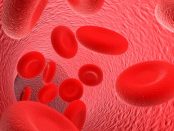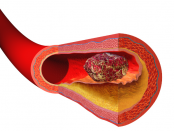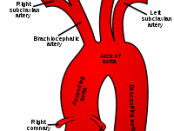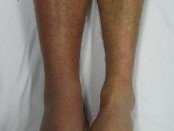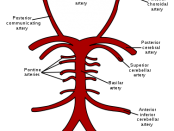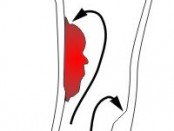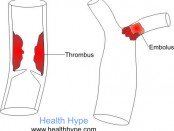High Red Blood Cell Levels (Polycythemia) Types and Causes
Oxygen is vital for life but its circulation throughout the body is also crucial. Every cell in the body needs oxygen, which enters through the lungs and is absorbed into the bloodstream. It then has to be circulated throughout the body. Red blood cells (RBCs), also known as erythrocytes, are responsible for carrying gases >> Read More ...

